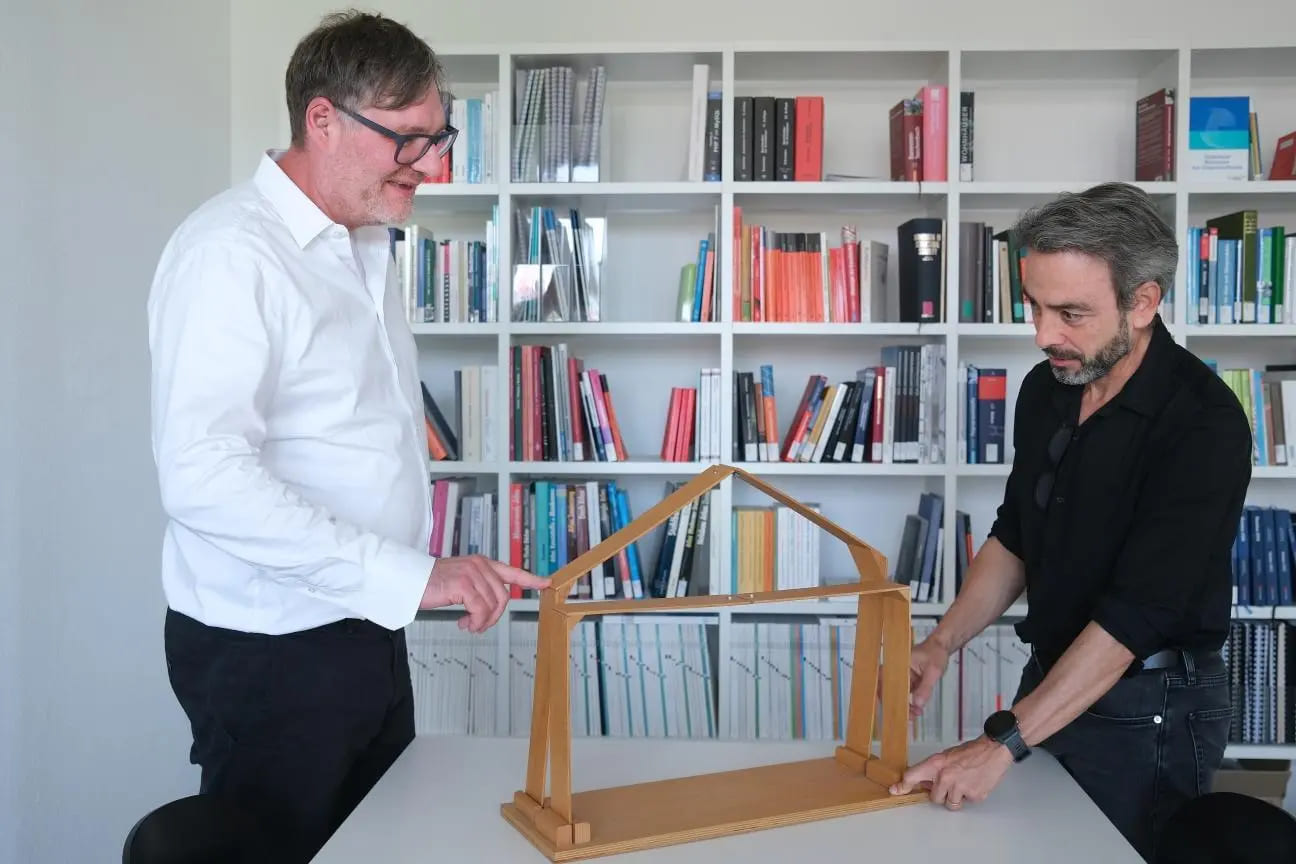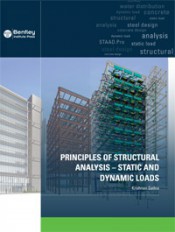Bentley's Bentley Webinar: Engineering the Unconventional: Retaining Walls, Culverts and Pedestrian Bridges begins at 14 Oct 2025
Create a free account and view content that fits your specific interests in structural engineering Learn More
University of Siegen Structural performance structural analysis tools
Combining Aesthetics and Statics: University of Siegen Explores Innovative Teaching Approaches

The University of Siegen in Germany is taking a fresh approach to architectural and structural engineering education by integrating aesthetic design principles with structural logic. The initiative, called Programmed Structural Design 2.0, aims to bridge the gap between form and function through the use of interactive, digital tools.
The program gives architecture students the opportunity to explore how design decisions influence structural performance in real time. Using specially developed software, students can model structures and immediately see how adjustments in shape or material impact load distribution, stability, and efficiency. This hands-on method is intended to strengthen understanding of the interplay between visual design and engineering principles.
One of the main objectives is to encourage collaboration between architects and engineers from the earliest stages of design. By making structural behavior visible and accessible, the program fosters a common language between the two disciplines: helping ensure that projects meet both aesthetic aspirations and technical requirements.
The Programmed Structural Design 2.0 project is being supported through interdisciplinary cooperation at the university. Faculty members from architecture and civil engineering are working together to refine the tools and teaching methods, with the goal of expanding their use in classrooms and design studios.
While the initiative is currently focused on architecture students, the approach has the potential to be adapted for broader use in structural engineering education. By linking visual creativity with engineering accuracy, it offers a pathway to design processes that are both innovative and structurally sound.
Source: uni-siegen.de
Want to read more like this story?
Structural Analysis
Sep, 16, 2022 | EducationThe prediction of the response of structures when they are subjected to specified arbitrary extern...

Structural Engineering Libary
Nov, 04, 2016 | Software
Structural Engineering Finalists in the 2023 Going Digital Awards in Infrastructure
Sep, 01, 2023 | NewsThe annual awards program honors the extraordinary work of Bentley software users advancing infrast...

Bentley Institute Press announces the publication of Principles of Structural Analysis – Static and Dynamic Loads
Aug, 14, 2014 | NewsBentley Institute Press, publisher of cutting-edge university textbooks and professional reference w...
Bridge Design
Jan, 01, 2019 | EducationBridge design is the process that involves the conceptualization, the strategic planning, and the...

Bentley Webinar Series: Transforming Engineering with Bentley's Advanced Structural Solutions
Aug, 12, 2024 | EventJoin this unique Bentley webinar series to explore STAAD.Pro, Structural Worksuite and RAM Connecti...

Automated design of civil and architectural structures with STAAD API
Nov, 27, 2023 | NewsHyundai Engineering, winner of Bentley Systems' 2023 Going Digital Awards in Structural Engineering...

SAFI Structural Software
Jan, 12, 2018 | Software
Bentley Webinar Series | Leverage the Power of Design: Structural WorkSuite
Mar, 11, 2024 | EventPart 1 | Cornerstone Improves Slab Accuracy through Deflection Analysis Method Comparison Using RAM...
Trending

Jun, 20, 2018 | News
Spectacular interchanges around the world

Feb, 27, 2025 | News
New Release - STAAD.Pro 2024 - 2

May, 13, 2025 | News
ADINA 2025 for Structural WorkSuite

May, 13, 2025 | News
ADINA 2025 New Release!

Aug, 01, 2021 | News
Concrete Buildings as Rechargeable Batteries

Sep, 30, 2025 | News
Powerful earthquake shakes central Philippines, dozens killed

Sep, 29, 2025 | News

